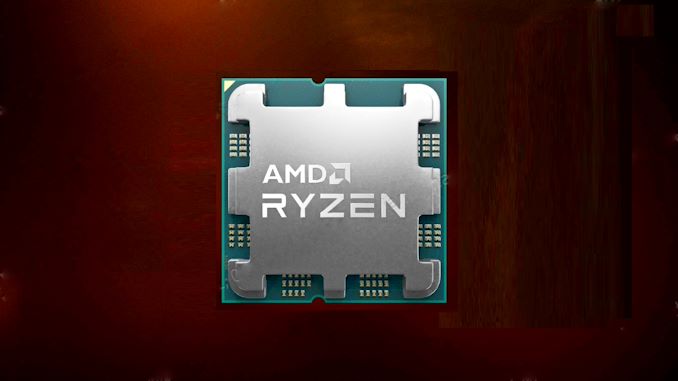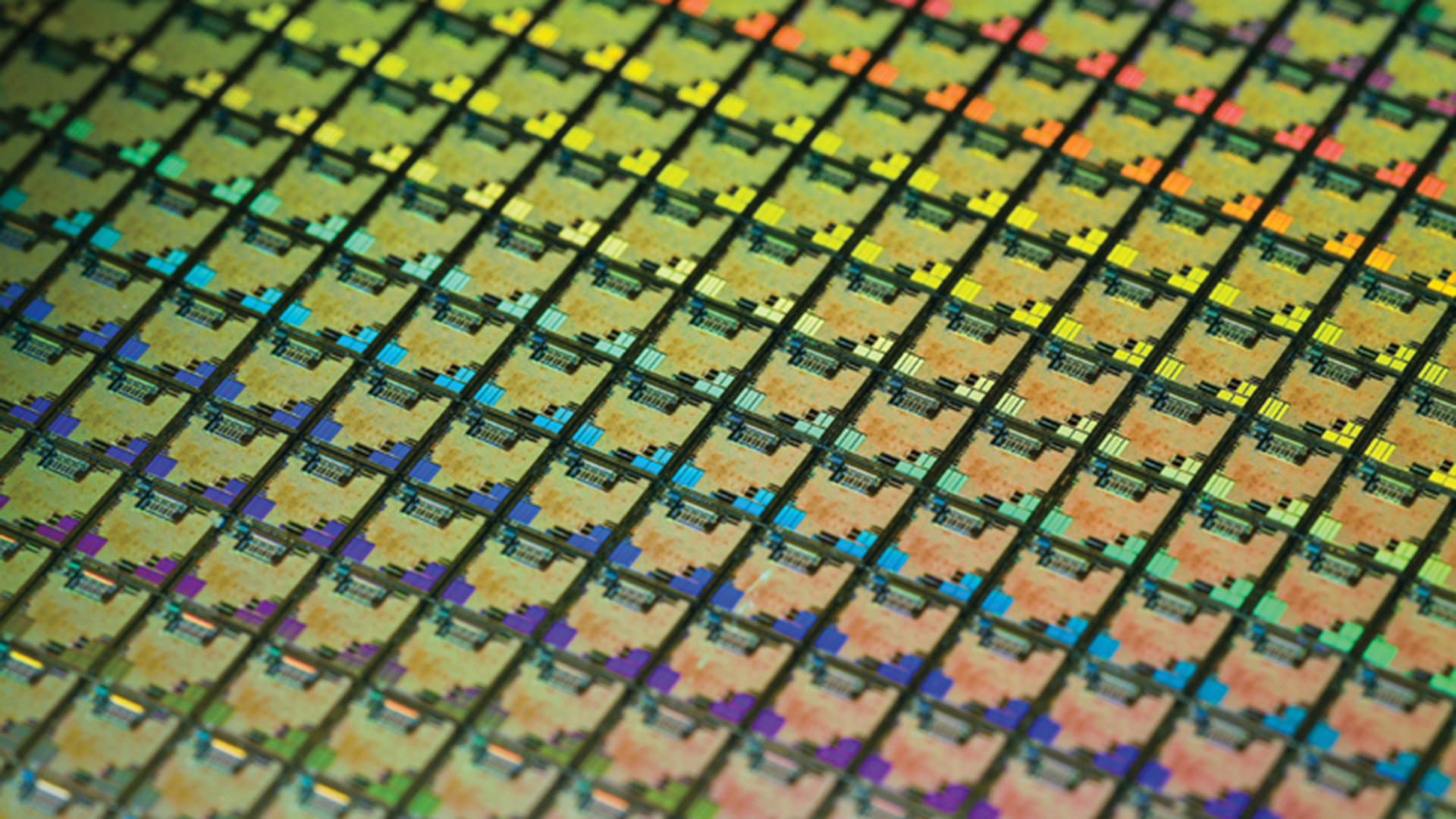AMD's Zen 4 CPUs will use a 'highly optimized' 5nm process, but don't be blinded by node numbers
Smaller doesn't necessarily mean better.

AMD is promising to deliver a 5nm node with its upcoming chips that is "highly optimized for high performance computing." A GPU or CPU's process technology is one of the key aspects of its design, but smaller isn’t automatically better. Which is why AMD isn't just jumping straight to an absolute bleeding edge 3nm or 4nm process; because one nanometre isn't necessarily the same as another.
When we review a new CPU or GPU generation, we always talk a little about process technology. Companies have a never-ending desire to move to ever smaller nodes. There are a few key reasons for this. An otherwise like-for-like chip on a smaller node will typically deliver better power efficiency, and therefore output less heat. The other key reason is that smaller transistors and smaller dies mean that more chips can be squeezed out of a traditional 300mm wafer. More dies per wafer means more final product to sell, and ever higher profits.
Of course, it's not always that simple. Power efficiency gains are often used up in the quest for higher performance and sometimes this means a chip on a smaller node can end up requiring more power and running hotter than its predecessor. Also, one company’s node is not always directly comparable to another’s. Sometimes, a bleeding edge node simply can’t compete with a mature one. Intel’s long gestating 10nm process is a good example of one that struggled to make a space for itself.
Currently, the 5nm node is the most advanced process in widespread use. Many mobile processors are built with a 5nm process. Apple is the obvious company to reference. In late 2020 Apple released its first 5nm products, led by the A14 SoC powered iPhone 12 range.
The M1 CPU followed, which is found inside the iPad Pro and various Macintosh laptop models. These chips are optimized for low power use cases and battery life at the expense of all out performance, though they're far from being slow. In those situations, the drawbacks of adopting a bleeding edge process technology aren’t apparent. A processor that consumes 15W is not the same as one that uses 125W, or a lot more.

Moving forward and TSMC is already prototyping 3nm products, with mass production expected later in 2022. Also coming in late 2022 is AMD’s Zen 4 processors, but they will be built using the 5nm node.
Why not 3nm? AMD CEO Lisa Su spoke with Ian Cutress from Anandtech about this very thing, and said: "Technology roadmaps are all about making the right choices and the right junctures" and "our 5nm technology is highly optimized for high-performance computing— it’s not necessarily the same as some other 5nm technologies out there."
The biggest gaming news, reviews and hardware deals
Keep up to date with the most important stories and the best deals, as picked by the PC Gamer team.
So, while AMD might appear to be a node 'behind' the bleeding edge, what's more important is that its 5nm process choices are best tailored to suit its own products. Zen 4 needs to be tuned for desktop, enterprise, and mobile applications that cover TDPs everywhere from sub 10W to 400W or more for its high core count Epyc models.

Best CPU for gaming: the top chips from Intel and AMD
Best graphics card: your perfect pixel-pusher awaits
Best SSD for gaming: get into the game ahead of the rest
The same can be said of Intel and its 12th Gen CPUs. Intel calls its 10nm node 'Intel 7'—which is obviously a marketing tactic—though its transistor density is reportedly as good as that of competing smaller 7nm nodes.
But that aside, look at what Intel is able to achieve despite its apparent process disadvantage: Its Core i9 12900KS can reach 5.5 GHz out of the box. That’s a rather stunning achievement. Ok, it takes a lot of power to get there but still, 5.5 GHz!
What does all this mean for gamers? The key takeaway is not to focus too much on what product is using what process node. Core architecture matters as does the rest of the product or system in question. When considering your next component purchase, look at the outright performance, but also power consumption, cooling requirements, and performance per watt. Oh, and there's the little factor of price. Those raw process node numbers are just a part of a much bigger picture, and generally just pure marketing, too.

Chris' gaming experiences go back to the mid-nineties when he conned his parents into buying an 'educational PC' that was conveniently overpowered to play Doom and Tie Fighter. He developed a love of extreme overclocking that destroyed his savings despite the cheaper hardware on offer via his job at a PC store. To afford more LN2 he began moonlighting as a reviewer for VR-Zone before jumping the fence to work for MSI Australia. Since then, he's gone back to journalism, enthusiastically reviewing the latest and greatest components for PC & Tech Authority, PC Powerplay and currently Australian Personal Computer magazine and PC Gamer. Chris still puts far too many hours into Borderlands 3, always striving to become a more efficient killer.

